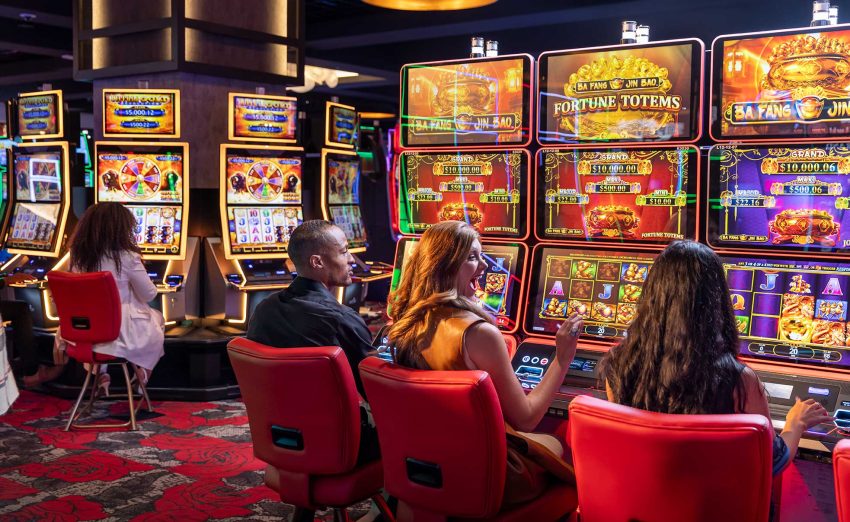Color, rhythm, movement, and imagery together create emotion before a single spin begins. The structure of visuals controls how players perceive motion and timing. Each design detail triggers attention, influencing pace, reaction, and engagement depth. The right balance between brightness and motion flow forms emotional consistency. Sound interaction adds memory retention to the visual rhythm, creating continuity. Psychological mapping btv168 login alternatif helps designers measure engagement response during visual transitions for better harmony.
Sound and Visual Harmony Synchronization
When sound aligns with visuals, emotion intensifies naturally. Rhythm synchronization deepens focus and builds lasting engagement memory.
Enhancing Flow Through Design Minimalism
Minimalist visuals emphasize rhythm and clarity. Simplified structures reduce distraction, improving overall emotional stability during play.
Emotional Influence Through Visual Flow
Visual motion controls focus speed and engagement intensity during active play. Color placement and transition speed directly affect rhythm concentration.
- Balanced color contrast maintains attention during high rhythm intervals
- Repetition of light flow improves familiarity between reel movement cycles
- Shadow variation enhances object depth during rotation alignment
- Smooth transition tone reduces visual strain during prolonged sessions
Strong visual harmony sustains interest and keeps focus centered across multiple rounds.
Symbol Imagery and Its Cognitive Connection
Each symbol tells a psychological story through form and color structure. Repetition of certain imagery patterns stimulates associative memory within the player.
Color Temperature and Emotional Reaction
Warm tones create energy and drive excitement during faster rhythms. Cooler shades offer stability, maintaining comfort during extended periods of motion.
Lighting Contrast and Depth Perception Design
Light control defines distance and visual focus across spinning layers. Designers use btv168 login alternatif to analyze brightness effects on user perception flow.
- Gradient lighting strengthens focus on active reel segments effectively
- Balanced tone difference prevents excessive brightness saturation fatigue
- Directional lighting builds natural movement guidance within visuals
- Consistent illumination across rotations improves reaction visibility balance
- Subtle brightness variation increases perception of rhythm progression
- Controlled shadow blending enhances 3D rotation illusion precision
- Color fading techniques improve motion realism during symbol shifts
- Background tone contrast maintains energy within extended engagement cycles
Proper light balance enhances visual comfort while sustaining interest.
The Role of Animation Smoothness in Engagement
Animation speed determines perception of timing stability. Proper synchronization avoids sensory overload and encourages calm concentration.
Design Creates Emotional Continuity
Every shape, color, and motion rhythm affects human attention differently. The finest designs maintain a balance between sensory excitement and comfort. Emotion transforms through rhythm and timing rather than randomness. When color tone and motion synchronize, immersion deepens naturally. The player’s focus strengthens, creating a seamless flow between energy and satisfaction.
